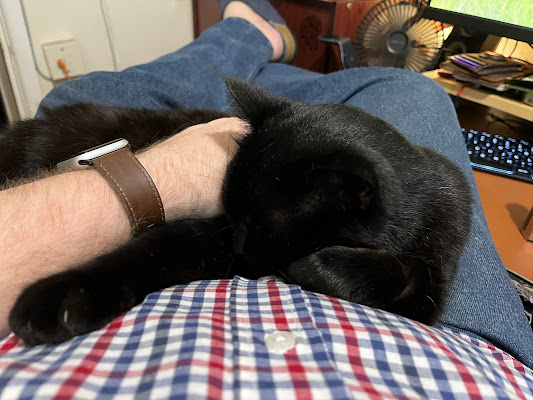The World Wide Web turns 20
On 6 August 1991, Sir Tim Berners-Lee, then a humble scientist at CERN, made the first page on the World Wide Web publicly available in a move that, unbeknown to him at the time, would change the world more quickly and profoundly than anything before or since.
There's something devilishly simple about the web on a theoretical level: create a network of wires, put a terminal in every home and business, and share information on top of it. It could be an idea dreamed up in a novel by Jules Verne or a film by Orson Welles.
Bebo White was a researcher on the Stanford Linear Accelerator Center (SLAC) at Stanford University, the first location to install a web sever outside Europe, and probably sums up the thoughts of most who first used the web.
But, like the printing press and the telephone, the web was taken to with relish. Within 20 years it has gone from basic web pages read by a handful of early advocates, to a slick, polished, world-changing system that has altered major industries forever.
Source
There's something devilishly simple about the web on a theoretical level: create a network of wires, put a terminal in every home and business, and share information on top of it. It could be an idea dreamed up in a novel by Jules Verne or a film by Orson Welles.
Bebo White was a researcher on the Stanford Linear Accelerator Center (SLAC) at Stanford University, the first location to install a web sever outside Europe, and probably sums up the thoughts of most who first used the web.
"I'm often asked if I had any clue at the time of the first web site at SLAC of how dramatically the web would affect society. I certainly did not and I
wonder how many did,"
"It's rather like, did Gutenberg or Bell or Marconi really realise at the time the impact on history of their inventions? I suspect not."
But, like the printing press and the telephone, the web was taken to with relish. Within 20 years it has gone from basic web pages read by a handful of early advocates, to a slick, polished, world-changing system that has altered major industries forever.
Source
